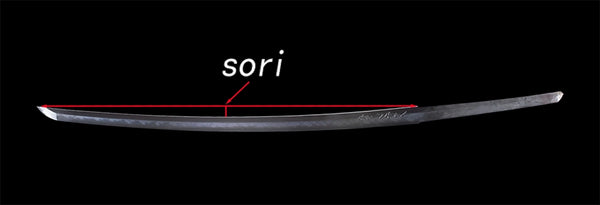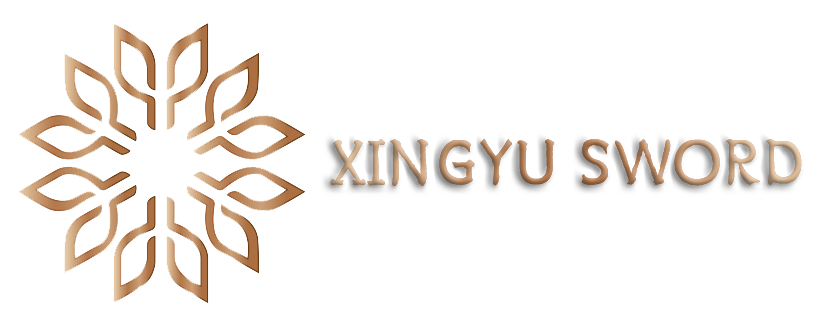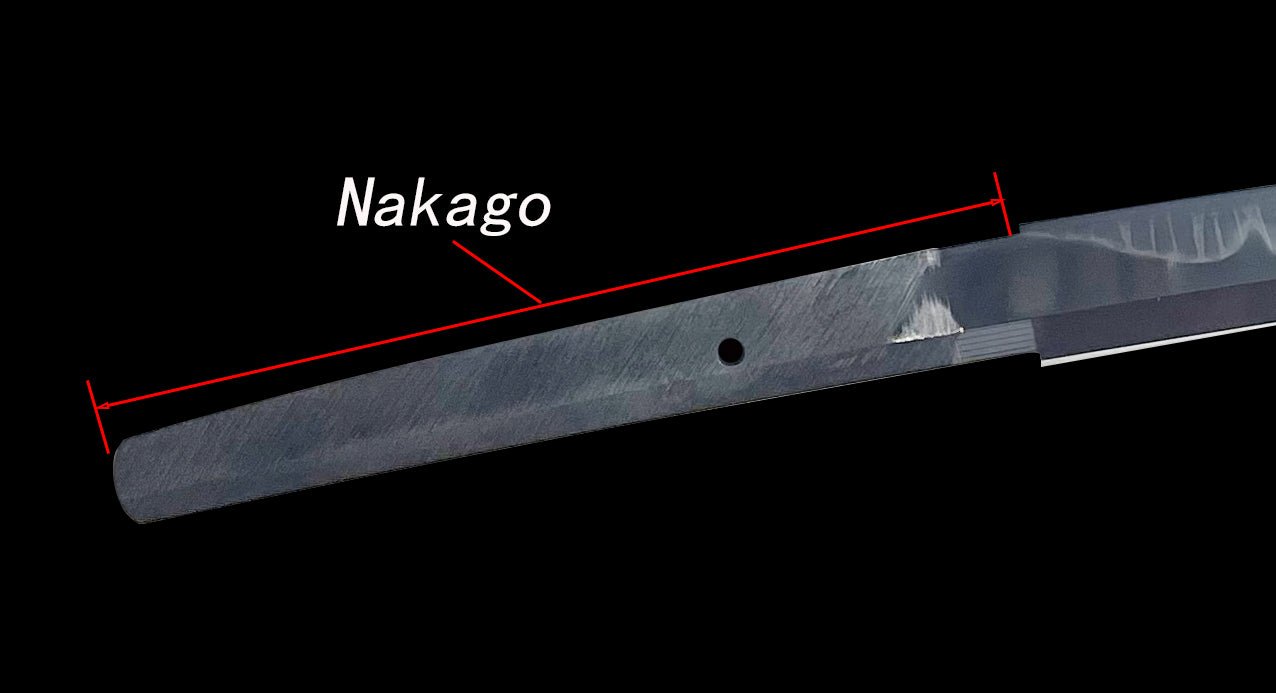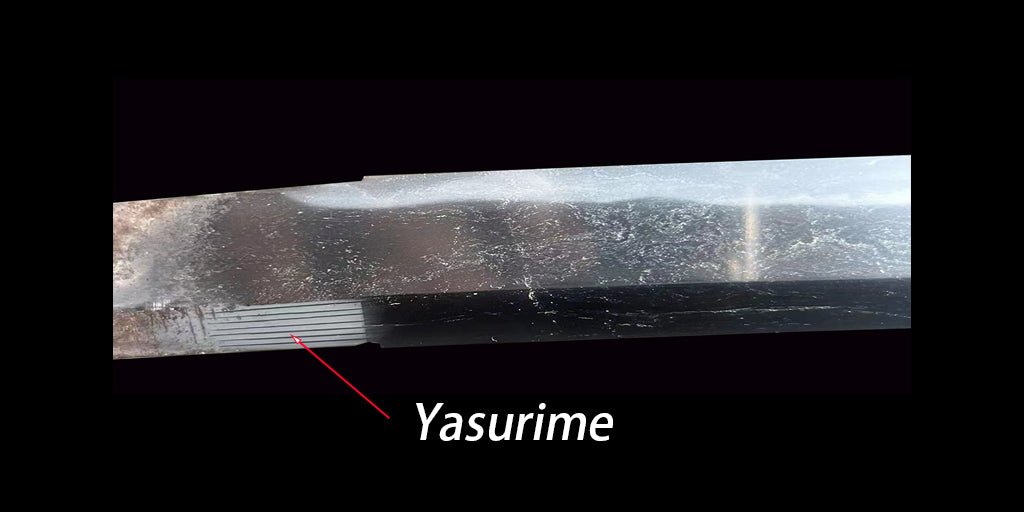Sori-The radian of the blade
What is Sori on a Japanese sword?
For enthusiasts who are just beginning to learn how to appreciate Japanese swords, the easiest thing to understand is the 'sori'.

How was sori formed?
A previous article mentioned that before the 10th century, Japanese swords had no curve. In ancient times, Japanese swords were generally straight and double-edged, used for chopping and stabbing on the battlefield. With the improvement and development of combat, the curved blade was easier to draw and swing. At that time, swordsmen spent a lot of time thinking about how to make their swords cut better, which led to the creation of "sori". Without sori, straight-edged swords gradually became a symbolic weapon, such as ancient scholars who also carried swords as a symbol of identity. The swords may not have been sheathed from the time of purchase until the time of death.

What types of sori are there?
Muzori: It is called a sword with no or less curve and a tanto without curve. Commonly seen during the Kamakura period. Around the middle of the Edo period, swordsmanship based primarily on thorns also became popular, resulting in the production of many less curved tanto.

Sakizori: sakizori is a sori located closer to the tip of the blade than the center of the blade, often seen on katana during the Muromachi and Warring States periods. Compared to the koshizori-shaped tachi, which is advantageous for horseback combat, it is an appropriate sori for drawing and operating swords in foot combat.

Koshizori:Koshizori has the greatest curvature at the waist of the blade, with the curvature near the tip being smaller than the side near the blade shaft, and closer to an elliptical arc. It is common on tachi from the late Heian to early Muromachi period, such as Mikadukimunechika, which is a clear example.

Toriizori: The center of the toriziori is in the center of the blade, and the sori has almost the same positive arc from the blade tip to the blade shaft. Because it resembles the torii in front of the Japanese shrine, it is called a toriizori. It can be seen in the Yamashiro cave and the Yamato cave during the Kamakura period.





Leave a comment
This site is protected by hCaptcha and the hCaptcha Privacy Policy and Terms of Service apply.